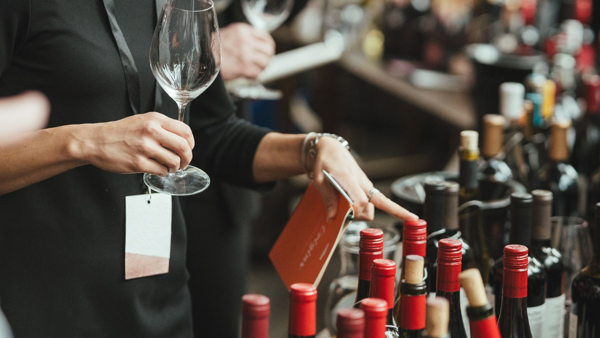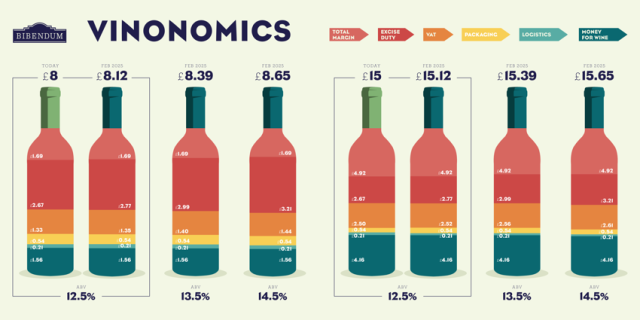Navigating change: how Bibendum plans to tackle new wine duty system
As the UK wine industry braces for the end of the wine duty easement in February, Bibendum is spearheading efforts to navigate the challenges posed by the forthcoming strength-based duty structure.

Jamie Avenell, wine buying director, sheds light on how the company is adapting to the evolving landscape and supporting its trade customers.
The challenge of complexity
The new duty system ties duty rates to alcohol by volume (ABV), adding layers of complexity for suppliers like Bibendum. Avenell told db, “Different vintages of the same wine can have different levels of ABV and under the new system there will therefore be different levels of duty. Our role is to work with our producers and our customers to facilitate this new way of working.”
Bibendum has invested heavily in new systems and processes to ensure the seamless management of these changes, positioning itself to provide clarity and efficiency.
This proactive approach extends to its trade customers, with tailored support to mitigate the duty changes’ impact. “Our sales teams are working closely with customers to ensure they are aware of the changes and what it means for their wine list,” Avenell said. Collaboration remains a cornerstone, with bespoke wine lists balancing value, quality and profit opportunities.
To adapt effectively, the wine-buying team has monitored trends and worked with producers for over a year, anticipating shifts such as a move towards lower-ABV wines, particularly for house selections. New launches reflecting these trends are set to debut in the spring according to Avenell.
Adapting the supply chain
The complexity of the new system extends across Bibendum’s operations. “The changes add considerable complexity throughout the supply chain, with the need to ensure all wines are landed with the correct ABVs and are communicated to customers ahead of time,” Avenell said.
The company has spent the past 18 months planning and implementing changes across geographies and business units. This includes addressing risks such as prioritising lower-ABV wines over quality, which could potentially affect consumer perceptions. “Our aim is to ensure total clarity on how the duty changes will affect our customer wine lists, and how the range can be adapted to get the best value and maximise profit,” said Avenell.
Partner Content
Regular updates are available on Bibendum’s website, while ongoing customer briefings in the new year should ensure businesses are well-prepared.
While the duty changes introduce challenges, they also present opportunities for innovation. Avenell alluded to Bibendum’s strong producer partnerships. “We will monitor the changing landscape of wine over the coming months and ensure that our portfolio evolves as required,” he said.

Long-term strategy
To remain competitive, Bibendum is aligning with changing consumer behaviour. “The wine consumer is increasingly drinking less but drinking better. This wine drinker is willing to spend more on a really good glass of wine and is not willing to compromise on quality,” Avenell said.
The company is collaborating with producers to explore methods of reducing ABV without compromising quality, tailoring its strategy to customer needs and preferences.
Lower-ABV house wines may become more prevalent in price-sensitive segments. “Where the product is at a more price-sensitive price point, it is more likely that customers will look to reduce the ABV of house wines to maintain competitive pricing,” Avenell predicted.
Prepared for change
Despite the administrative burdens, Bibendum’s investment in systems and talent ensures readiness. “We are an international business and have invested in our systems, processes and people to allow us to manage this new way of working,” said Avenell.
As February approaches, Bibendum’s customer-first approach aims to ease the transition for all stakeholders, paving the way for cautious optimism under the new duty regime.
Related news
'Rare buying opportunities' as fine wine prices hit a five-year floor




